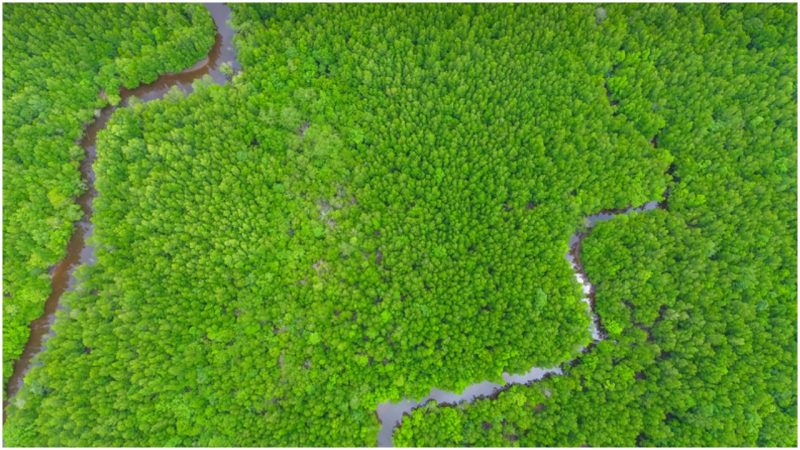As we find ourselves preoccupied with daily routines and hard pressed by busy schedules, it is easy to forget how enchanting this world we live in truly is.
We forget about all of the mysterious places and the incredible things just waiting to be witnessed. Dark, ominous forests, abandoned cities, deserted institutions, and other oddities are virtually everywhere. And no matter how distant or remote they may be, places where only few dare to visit, some thrill-seekers around the globe are willing to go the extra mile to enrich their lives with a dose of discovery.
Yet there are some that even the savviest adventurer would have trouble going to, no matter how determined he or she is. Places which, if you visit, might lead to prison, or, worse, to imminent death. From former mental asylums and secret caves to snake-infested islands and severely restricted places, these are some of the forbidden destinations.
Poveglia (Italy)
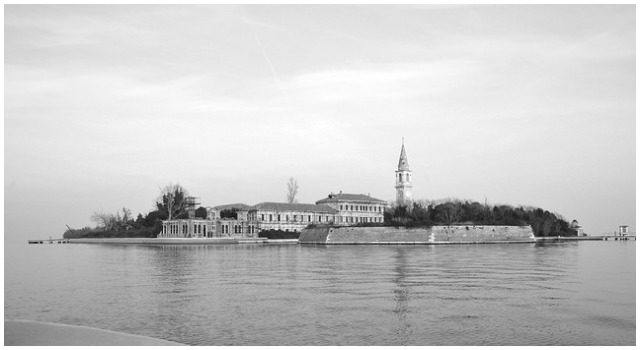
This tiny island located in the heart of the Venetian Lagoon right between Venice and Lido has been uninhabited from time to time throughout history.
At the end of the 18th century and the beginning of the 19th, Poveglia was used as a quarantine station for plagued maritime travelers and in 1922 turned into a mental asylum. It is believed that during those years, hospitalized patients were experimented on, lobotomized, and tortured, until one doctor from the institution threw himself from the building. In 1968 the hospital was closed and shortly after the island abandoned and closed for good. A sign engraved with the letters Reparto Psichiatria still hangs on the asylum walls along the bell tower, some of the few surviving buildings on the island.
It is now a restricted area because the Italian government intends to sell the estate to the highest bidder for redevelopment of the remaining structures into a luxury hotel. They are still searching.
North Sentinel Island (Andaman Islands)
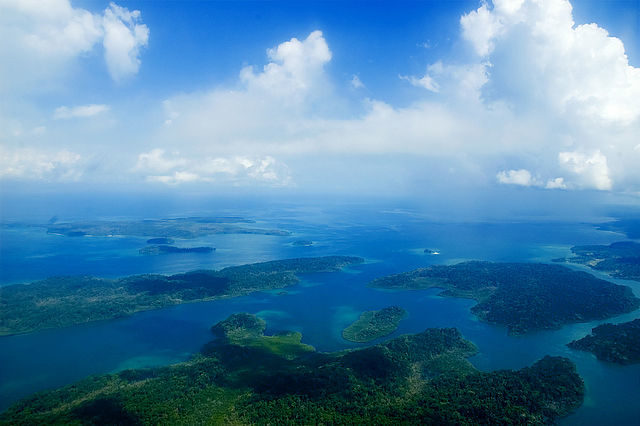
There is an island in the archipelago in Bengal Bay where time stands still and locals are willing to shoot anyone who tries to set foot on their land. Allegedly, the Sentinelese tribe who live on the North Sentinel Island in Andaman Archipelago have little to no contact with the outside world, never developed agriculture, and still practice a hunter and gatherer lifestyle as all humans once did.
Many have tried to establish contact and communicate with the tribe, but every time, they are violently rejected. It seems as if the island inhabitants are reluctant to have anything to do with the outside world and want to be left alone. Apart from some isolated anthropological trips, anyone who dares to cross the seashore is greeted with arrows, and tons of them.
Svalbard Global Seed Vault (Norway)
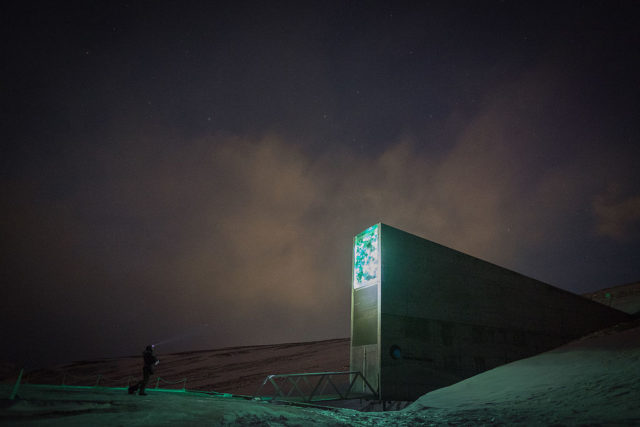
The Svalbard Global Seed Vault is a secure seed bank in Norway buried 390 feet beneath a sandstone mountain on Spitsbergen Island. With no tectonic activities and permafrost surrounding the facility, Spitsbergen is the ideal back-up for the 1,750 seed banks from around the world and their rare precious specimens that have been gathered for decades.
They are being kept in rooms at −18 °C far away from civilization, far from war, and even if the apocalypse occurs, here they will endure due to the cold surroundings that will prevent seeds from aging.
Unless you’re a researcher with a special permit or an owner of one of the deposits, you aren’t allowed anywhere near it.
Ilha da Queimada Grande (Brazil) – the Snake Island

On this gorgeous yet completely abandoned stretch of rainforest land in the Atlantic Ocean, off the coast of Brazil, is a habitat for one of the deadliest snakes in existence, the critically endangered Bothrops insularis or the Golden Viper.
Thousands of these golden lancehead vipers were trapped on Ilha da Queimada Grande a few centuries ago when sea levels rose and covered the land joining the island to the mainland. Later humans left the island completely and with no humans in sight the snake population increased rapidly, making the island their deadly kingdom.
There is now one snake for every square meter of the island and the Brazilian government decided to enclose the place from any visitors except for special scientific purposes. A lighthouse constructed in 1909 serves as a warning for stranded ships and anyone uninformed.
Lascaux Caves (France)
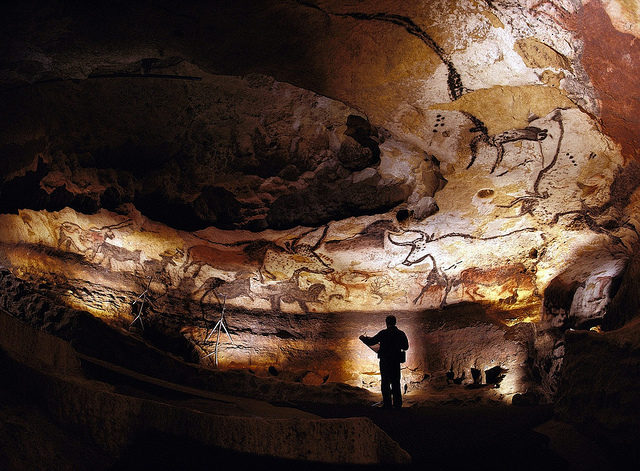
Some of the loveliest prehistoric paintings in human existence dating as far back as 32,000 years ago were discovered on September 12, 1940, by an 18-year-old teenager named Marcel Ravidat who happened to find the entrance by accident. The caves were opened as public galleries in 1948, allowing visitors to observe wall sections including the Hall of the Bulls, The Passageway, The Shaft, The Nave, The Apse, and the Chamber of Felines.
This turned out to be costly because the carbon dioxide, heat, and humidity, produced by 1,200 daily visitors damaged the paintings. In 1963, after only 15 years, Lascaux was closed to the public and the paintings were fully restored.
The critically acclaimed director and independent filmmaker Werner Herzog was allowed by a special permission from the French Minister of Culture to enter the cave and shoot his 2010 documentary, Cave of Forgotten Dreams. He and his crew were only allowed shooting entry for 6 days of 4 hours each.
These are only a few of the many banned or unwelcoming sites around the globe. Others worth mentioning are the United States Air Force facility in Nevada Desert, commonly referred as Area 51; Surtsey, the volcanic island of Iceland; Fort Knox United States Army post in Kentucky; and the Chapel of the Tablet in Axum, Ethiopia, which allegedly hides the Ark of the Covenant.
